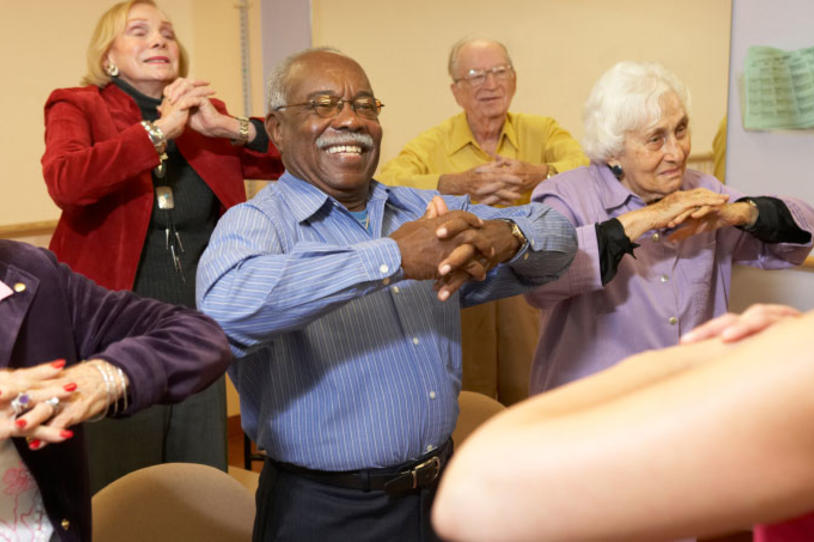
We all know that exercise is good for you. After all, its benefits to mind and body are widely acknowledged, and it may even help you to build bigger biceps. But did you know that working out might also help protect your brain from shrinking?
It might indeed, says The New York Times, referencing a new study from researchers at the University of Edinburgh, who found that people who exercised the most also had the least amount of shrinkage and damage to the brain’s white matter, “which is considered the ‘wiring’ of the brain’s communication system.” Shrinkage in this white matter has been linked to cognitive decline, and in particular, to loss of memory.
Preventing this shrinkage in the brain could have implications for Parkinson’s patients, says Michael J. Fox Foundation (MJFF) staffer Jamie Eberling, PhD, as it’s a widely understood phenomenon tied to neurological disease. By staving off damage to the brain’s white matter, it’s possible that PD patients could help to alleviate symptoms associated with motor skills, cognition, and anxiety, she says.
But while it’s widely accepted that exercise is good for Parkinson’s patients, it’s not yet perfectly clear to scientists why this is true. Researchers also need to learn more about which types of exercise are most beneficial for people with PD. The good news is, the work is ongoing.
In fact, new clinical results released this week highlight the benefits of exercise on the motor symptoms of Parkinson’s. Published in Archives of Neurology, a study from Lisa Shulman, MD, found that physical exercise appears to improve gait speed, muscle strength, and fitness in people with PD.
Throughout Shulman’s study, which was funded by MJFF, patients worked out three times per week over the course of three months, engaging in treadmill, stretching, or resistance training. Lower-intensity treadmill exercise, deemed the most feasible for people with PD, also showed the greatest improvement in gait speed. Moving forward, the study team hopes to integrate a more holistic understanding of various types of exercise, to produce a regimen best suited to people with Parkinson’s.
It’s important to note: Unlike the study from the University of Edinburgh, Shulman’s did not analyze the effects of exercise on the actual structure of the brain, but instead, followed participants’ quality of life by clinical observation.
More work needs to be done to understand how exercise might positively alter the brain, and the Parkinson’s-affected brain in particular. But in the meantime, it seems clear that it can’t hurt to get out and get moving.
Of course, as is always the case, please consult your physician before doing so.